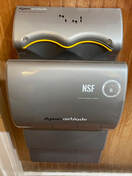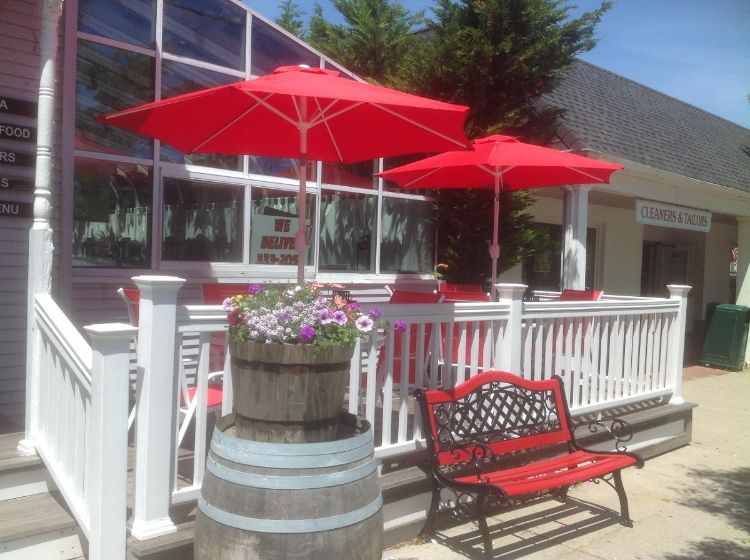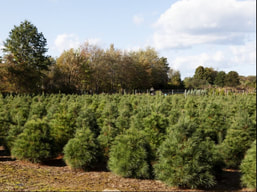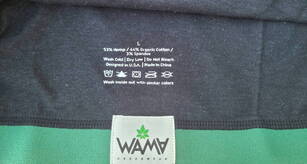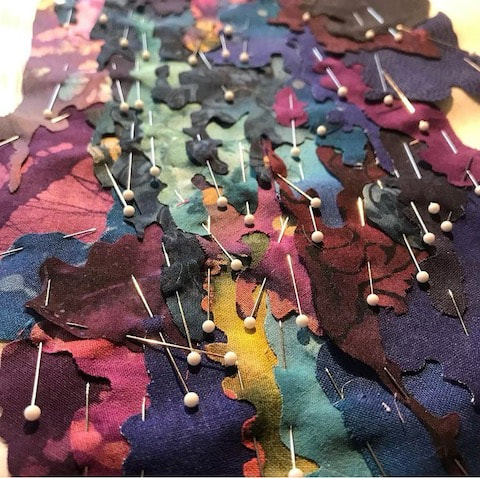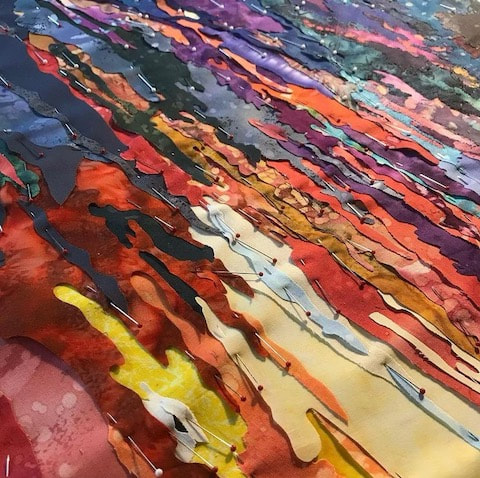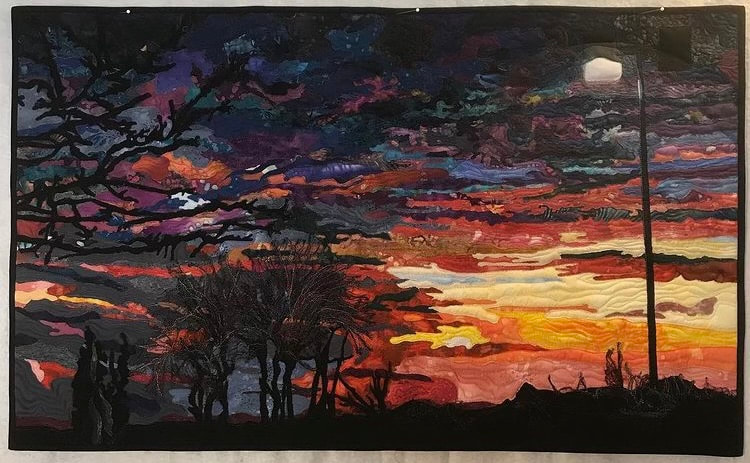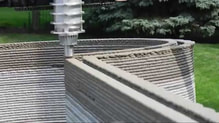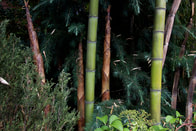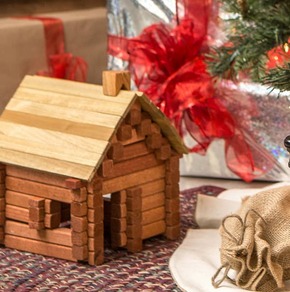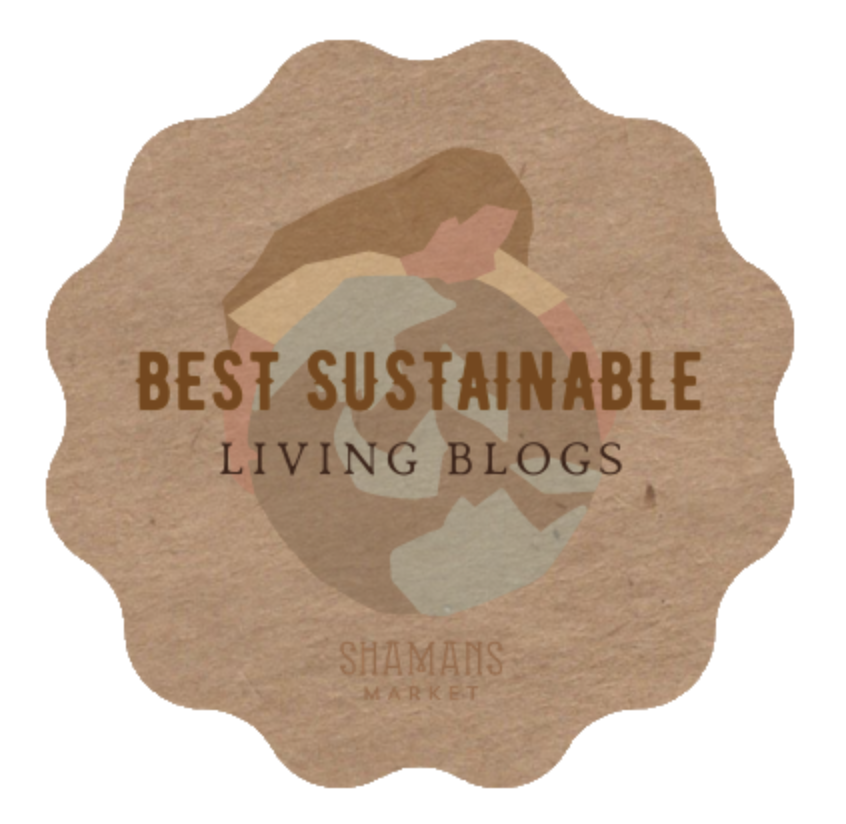 Front Street Station Restaurant In Greenport
Front Street Station Restaurant In Greenport Out near the end of the North fork of Long Island, Sharon and David Sailor operate their restaurant, Front Street Station, in the town of Greenport, New York. Located at 212 Front Street, this daughter and father team have an old style bar in an old train car that opens to an atrium for full service dining. Located by the very last stop on the Long Island Railroad that was built for those traveling from New York to Boston in the late 1800s, the restaurant displays photos and railroad history in several ways. At this last stop in Greenport, travelers would disembark the train and then take a boat for the rest of their journey to Boston. While I was enjoying dinner and lunch with David and Sharon, I took in all the history and become acutely aware of their energy and environmental saving actions that many other corporate owned restaurants have not done.
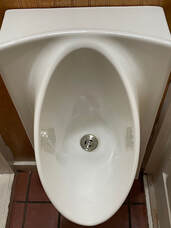
The first item I noticed was the Kohler waterless urinal in the men’s room. Just this one item saves 14 thousand gallons of water per year and cut their water bill in half. This low maintenance unit involves buying a gallon of Kohler’s liquid sealant that is used once a month and lasts for years. Total cost was $300.00 for the waterless urinal, $300.00 professionally installed, $100.00 for the liquid sealant. Payback less than 6 months!

Of course LED light bulbs were being used throughout the restaurant and the payback for that change over is also months.
| The bathrooms also utilized Dyson Airblade hand dryers thus saving on the cost to buy rolls of paper towels and then paying for their disposal. FYI: Cost of disposal includes an employee’s time, plastic waste bags, garbage pickup, along with soap and water to wash hands. Then the environment cost comes into play with the process used by the sanitation department. |
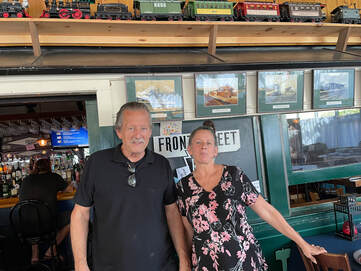 David and Sharon Sailor from Front Street Station, Greenport
David and Sharon Sailor from Front Street Station, Greenport Sadly, our Planet will be in real trouble if individuals keep doing nothing, because they believe that a politician, corporation, political party, government, organization, celebrity or the UN will save us all. Gratefully, we have many Sharon and David Sailor being real superheroes helping to save our world.
Bill Lauto, at GoingTrueGreen.com
Environmental Scientist
International Sustainability and Energy Consultant
Contribute your comments!

